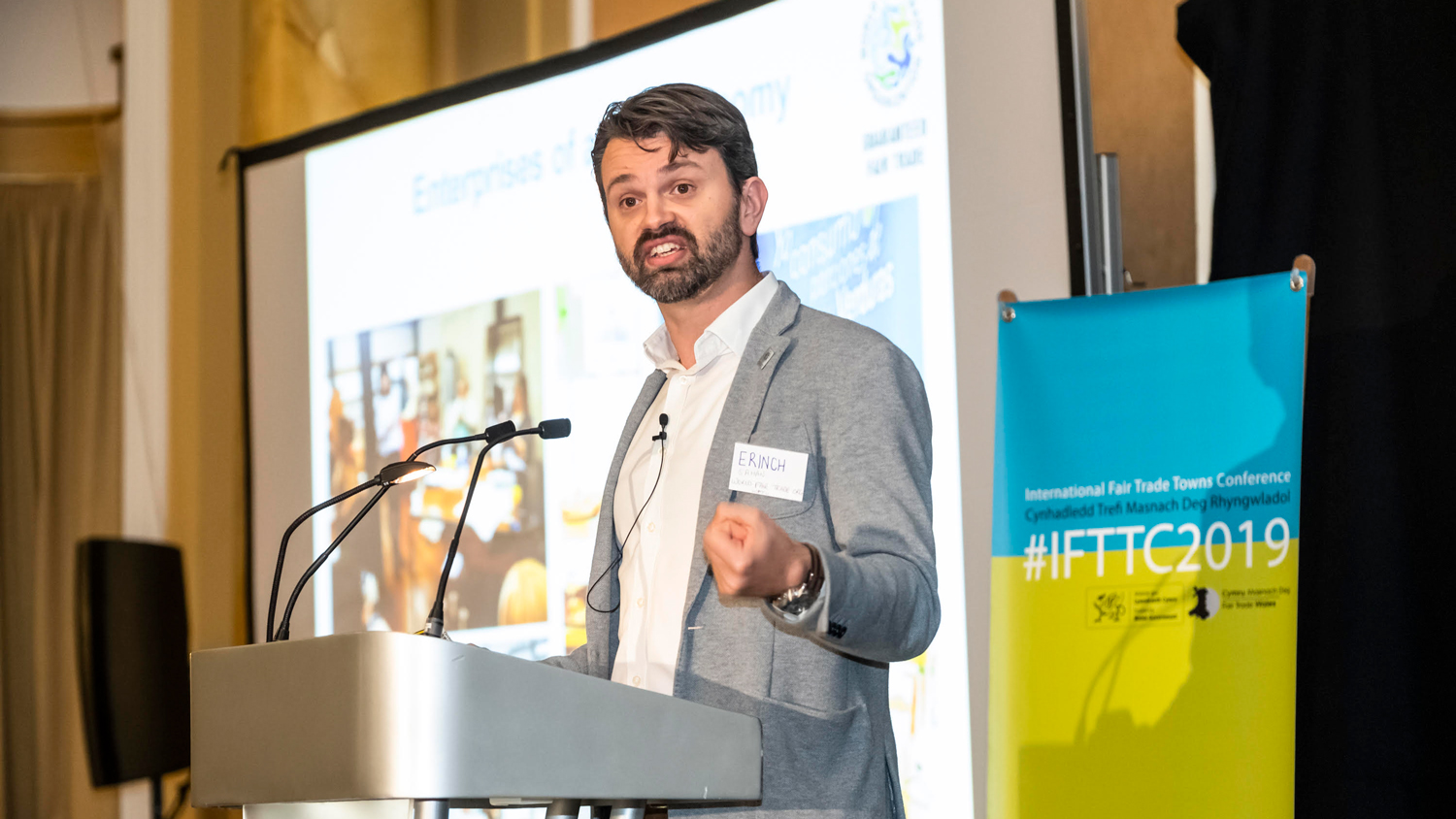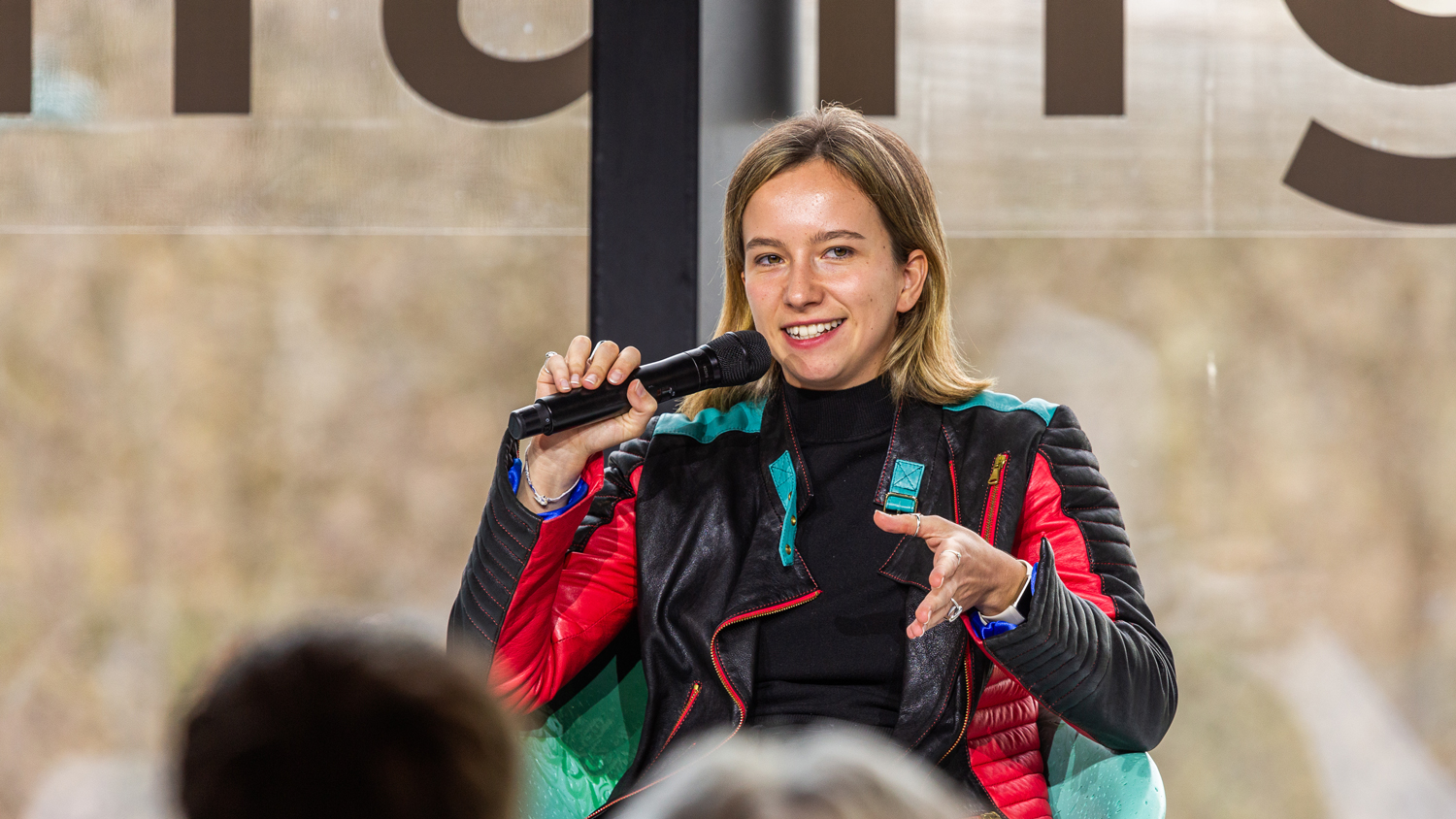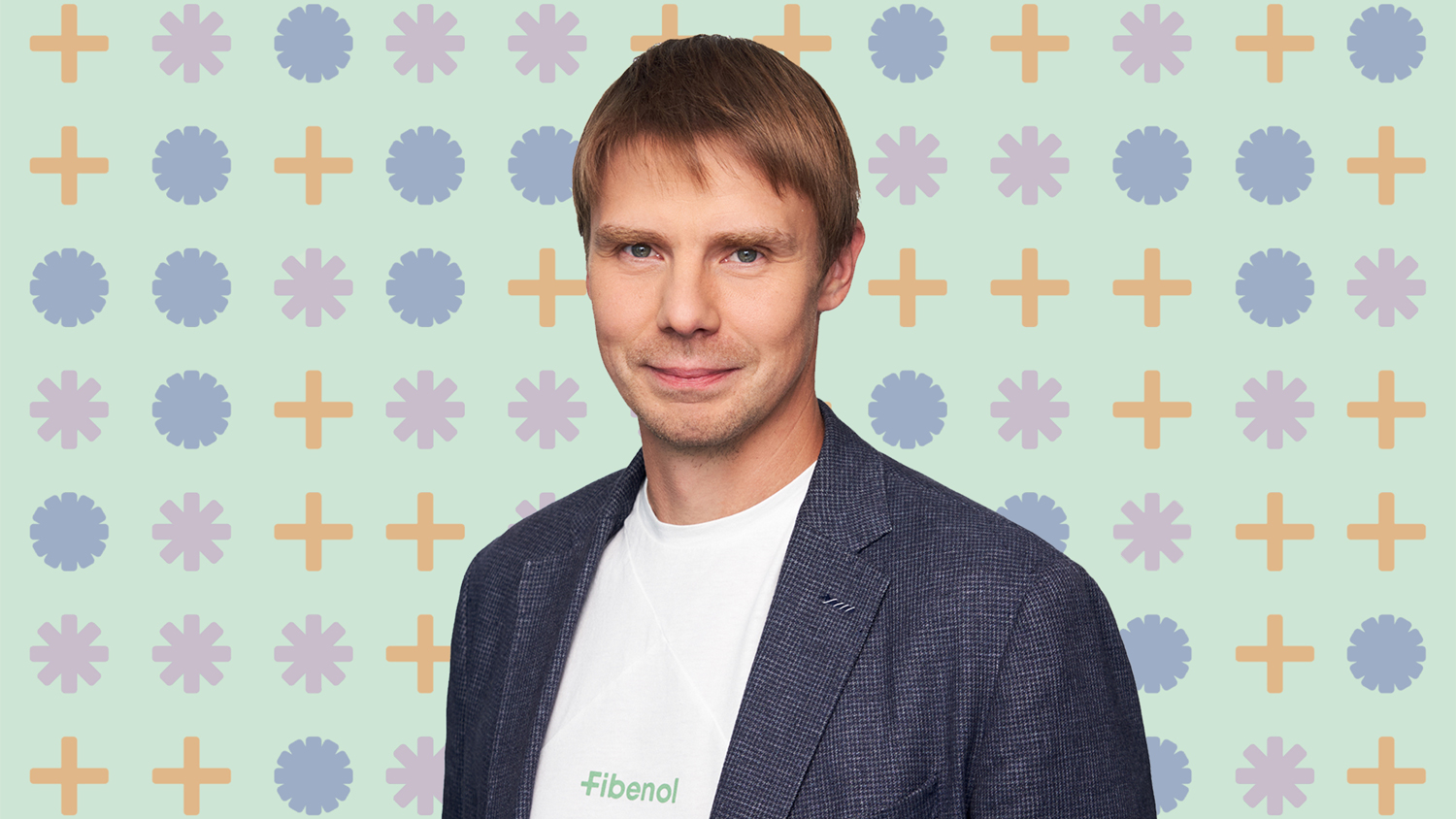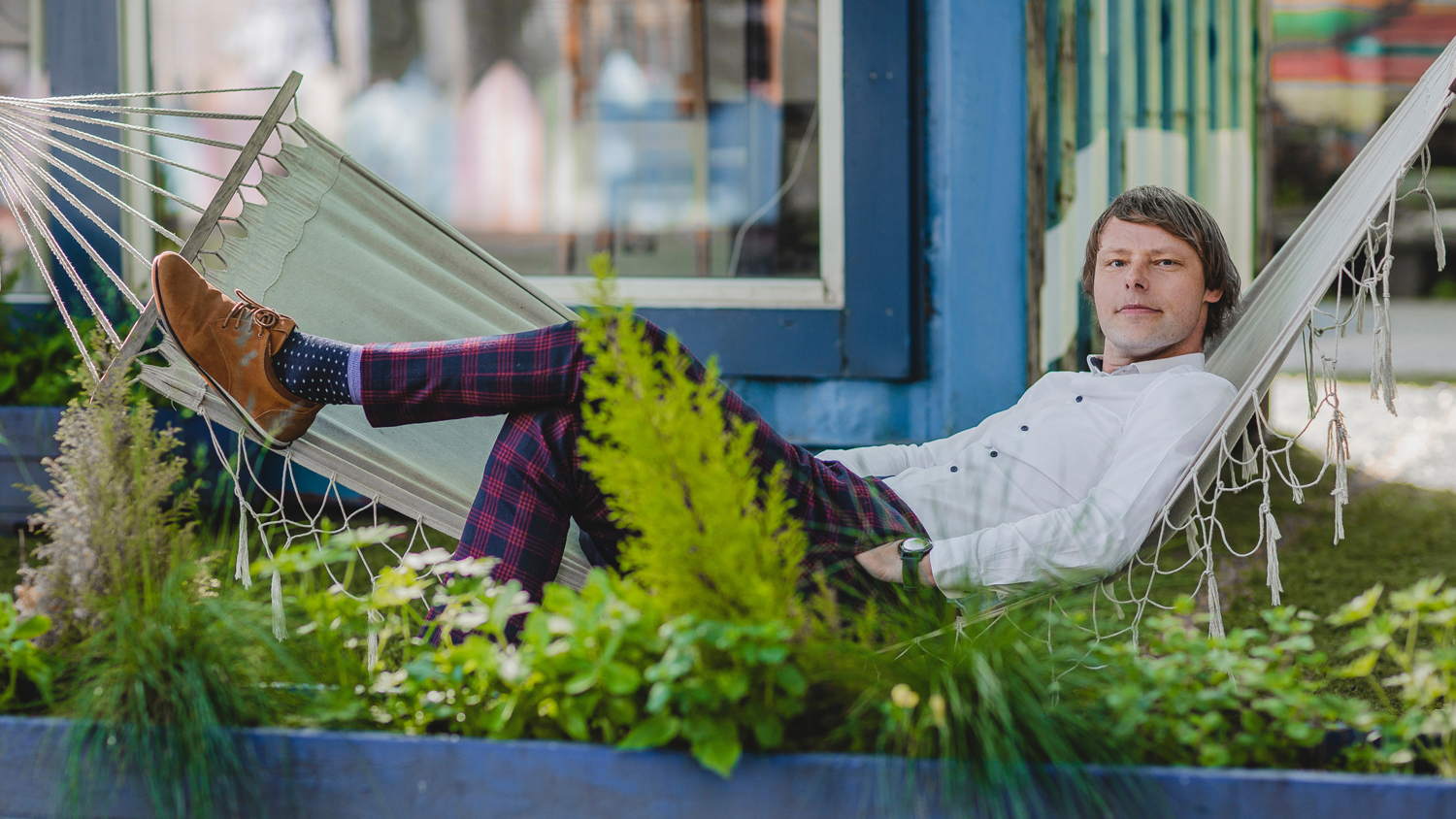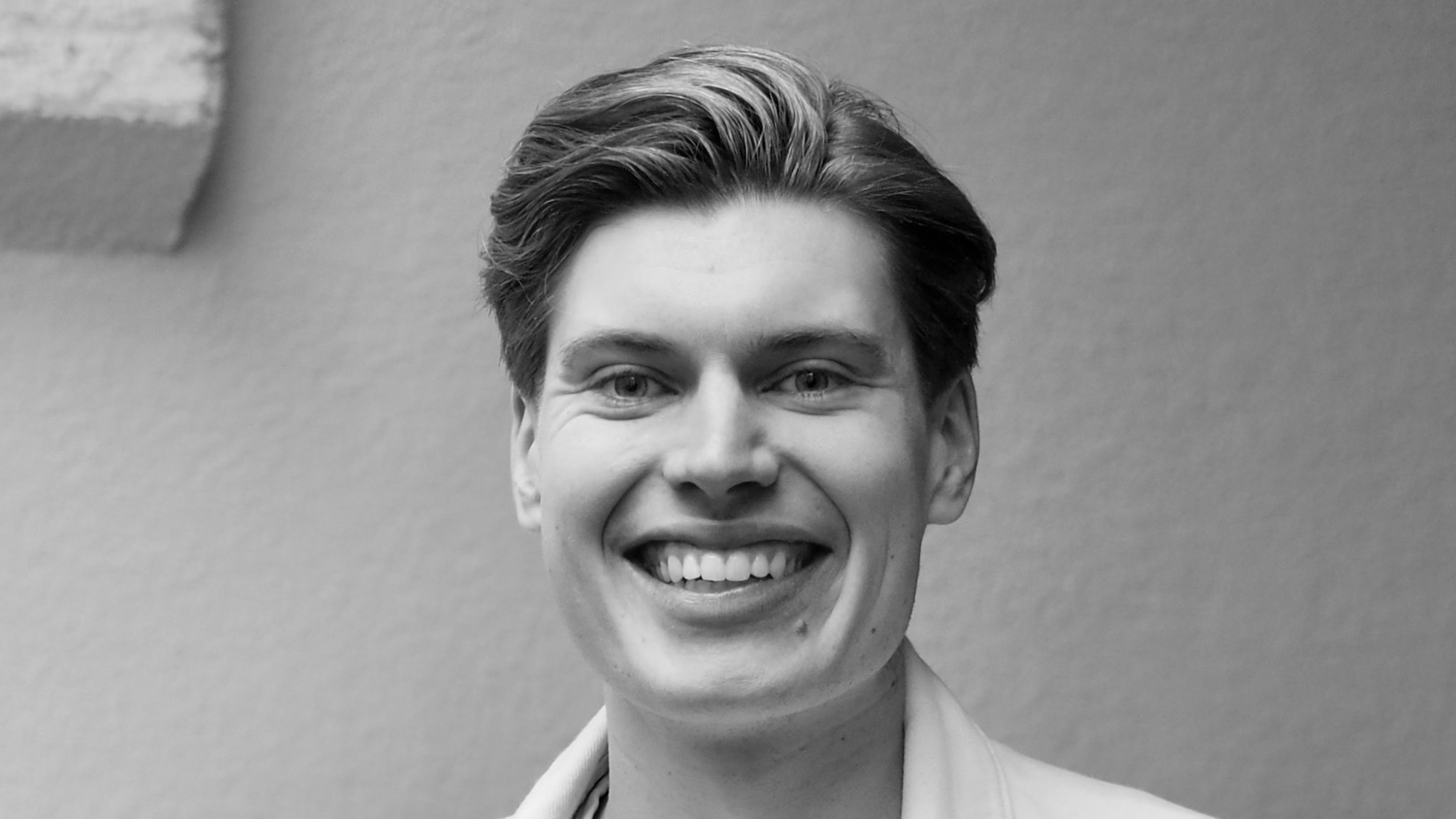Meet Erinch Sahan, the driving force behind Doughnut Economics Action Lab‘s business initiatives. With a focus on regenerative and distributive strategies, he collaborates with over 300 companies, offering transformative solutions through the Doughnut Design for Business tool.
What is the concept of Doughnut Economics in a nutshell, and how it aims to foster a sustainable future for businesses and society?
Doughnut Economics tells us that we have two boundaries that we must respect and not transgress. One is the ecological ceiling, composed of the nine planetary boundaries that scientists have told us we must not transgress. Additionally, we have the social floor, which encompasses the essentials of life that we all need: food, water, energy, housing, and livelihoods. The economy needs to stay between these two boundaries. Doughnut Economics is a discipline, a set of concepts and ideas that helps all those active in the economy to redesign themselves in order to guide humanity into the doughnut.
Could you share some examples of businesses that have successfully adopted regenerative and distributive strategies?
The economy doesn’t work in a vacuum, and it needs to evolve as part of the broader system. There are many other ideas and concepts that have been brewing for many generations. From the rise of social enterprise to steward ownership and the cooperative movement, these initiatives have been in practice long before Doughnut Economics was articulated by my colleague Kate Raworth. One notable example in the UK is Faith in Nature, which has demonstrated its commitment to ecological regeneration by restructuring its board to include nature representation through Lawyers of Nature.
Another example is Einhorn in Germany, which has adopted a steward ownership model, prioritizing product lines with the most significant social and ecological benefits. There are so many other examples. For instance, in Uruguay, there is a business called Manos del Uruguay supporting a large group of artisans and a collective of artisans producing for the global market. This business is co-owned by artisans from various communities in Uruguay, enabling it to align its strategy with the interests of these artisans. There are many thousands of social enterprises, steward-owned businesses, cooperatives, fair trade enterprises, employee-owned businesses and many others that are regenerative and distributive by design.
With your background in leadership across various sectors, how do you leverage your experiences to drive systemic change towards sustainability?
For the past 20 years, I’ve dedicated myself to sustainability efforts. I served as the CEO of The World Fair Trade Organisation and spent many years at Oxfam. My work involved collaborating with companies through partnerships, as well as challenging companies through campaigns to influence their behavior within supply chains. I’ve also gained experience in the corporate world and in government. My approach is a triangulation of these diverse experiences: engaging with mainstream companies to shape their trajectory, collaborating with innovative pioneers demonstrating transformative practices, and fostering an ecosystems of businesses to drive global change in the business landscape.
Do you have learning points to share from your experiences?
Two key considerations come to mind. Firstly, the challenge of simultaneously building an economy for the future while navigating the demands of the current one is a significant and complex task. It’s essential to acknowledge the density and difficulty of this situation. The current economic model often prioritizes actions that maximize returns to financial capital. However, our aim is to construct an economy that serves life – prioritizes the well-being of humans, society, and ecological systems, regardless of growth. Achieving this requires adopting a fundamentally different set of strategies and business models. Simultaneously, we must address the practical need to sustain ourselves in today’s economic and market conditions. Embracing and addressing this tension openly and transparently is crucial for progress.
The second point is that growth isn’t always the answer. While it’s tempting to scale up successful examples by increasing their size and investment, I once learned a valuable lesson from a remarkable social entrepreneur who said: “look Erinch, there is a limit to how big I should be. Once I am beyond a certain size I will not have the same social and ecological impact on my local area, and will become disconnected from these impacts. Rather than aiming at making me one hundred times bigger, why don´t you aim to make a hundred of me?” This perspective has stayed with me. There’s probably an optimal size for every company. No business should aim for continuous growth. It’s essential to determine the right size, considering market realities and remaining connected to the social and economic impacts, which are central to sustainability.
Is there a correct – a golden – size to a company, in regards to sustainability?
An optimal size for a company varies across different sectors. Some industries may require greater scale to achieve efficiency and effectiveness, especially those that are more capital-intensive. Others may benefit from being smaller to maintain responsiveness and local connections. Recognizing the appropriate size for a company, considering market realities and social and ecological pressures, is crucial. Our focus should be on engaging business leaders in designing their enterprises with intentionality – not simply following a trajectory of endless growth and pursuit of more, but rather exercising choice in defining what they aspire to become.
Are people, entrepreneurs etc, really on board with that – the change?
Many acknowledge and accept the concept of transitioning towards a more sustainable business model, yet some feel overwhelmed by the practical challenges of implementing this perspective in their day-to-day operations. While there’s widespread recognition of the necessity for change, there’s often resistance to the complexities and difficulties involved in making this shift. One of the lessons I mentioned earlier is that we need to recognise that this is a difficult process. It isn’t just something that is going to be easy to transition towards. But, I think there is a sense among business leaders that this isn´t going to fix itself though.
How do you envision the future of sustainable business evolving?
We must understand that we need to redesign the core of our economic and business systems. We’re witnessing the emergence of companies embodying a different deep design, that challenge the outdated paradigms of the 20th-century. They challenge old models of shareholder capitalism, and the corporate governance and financial markets that uphold it. It’s becoming increasingly evident that these traditional models are no longer sufficient for addressing the complexities of our current world. We’re tasked with creating a new paradigm – one that prioritizes nature and life over the outdated focus on endlessly growing financial capital. However, achieving this transformation demands a complete redesign of institutions and organizational structures, rejecting the outdated norms of the past century in favor of innovative models that align with the needs of the present and future.
What is your controversial/unpopular opinion about sustainability? Also – your biggest dream?
My biggest dream is a world where there are companies that are fully circular in their product design, completely fair and equitable in their supply chain, and deeply connected to their social and ecological impacts. They also need to go not just zero carbon but start sequestering carbon from the atmosphere and be a positive contributor to that solution. These are companies that truly exist to maximize the social and ecological benefits that they generate. But how do we do it? How do we get the green light for strategies and investments, internal approaches to achieve this within businesses? The answer is to redesign companies: incorporate nature on the board, make workers co-owners along with investors, ensure businesses prioritize social and ecological goals – so that profits are primarily used for social and economic benefits.
There are some win-wins that do exist where companies can generate greater profits through ‘sustainability’ but the big solutions that we need are not win-wins in this way. By-and-large, the highest returns on investments are not stemming from the major transformative changes now required in sectors such as fashion, construction, agriculture, and finance. The future of the world may not be aligned with achieving maximum returns for investors as currently conceptualized. We might need a different set of expectations and parameters, particularly financial ones, which would necessitate removing the constraints and limitations imposed on companies to act more boldly. Currently, they are unable to drive the solutions due to the financial parameters that are constraining them. Popular ideas suggest that everyone is invested in win-win solutions, but we can’t generate the expected financil returns and save the planet and society. There will still be a return, but it might be lower, requiring more patient capital and slower returns over time, and that’s okay. We can’t hold the world hostage to gain maximum returns on everything that businesses do.
